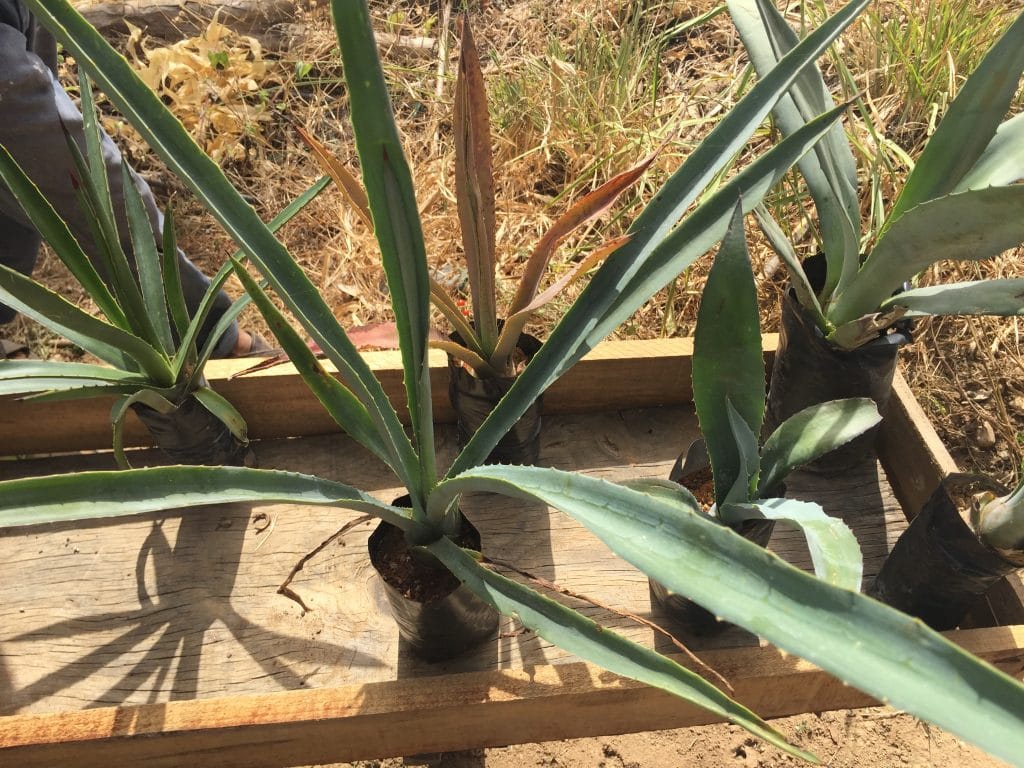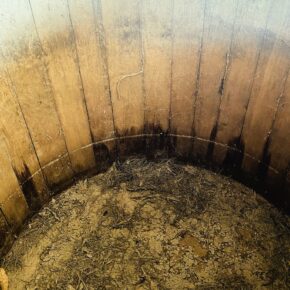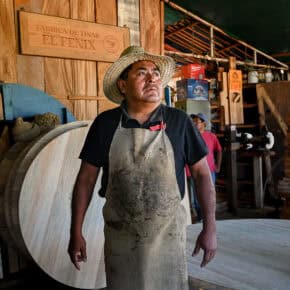
The mellifluously titled “Volatile Compound Profiles in Mezcal Spirits as Influenced by Agave Species and Production Processes” by Araceli M. Vera-Guzmán, Rosa I. Guzmán-Gerónimo, Mercedes G. López, and José L. Chávez-Servia has some tantalizing research into the chemistry of mezcal’s flavor. They were looking at the question of whether chemical variations between different agaves harvested in different areas could account for flavors which, as any of your mezcal aficionados know, is pretty critical to our enjoyment even if most of us, most of the time, don’t dig into the details of chemical analysis.
I’ll get this out of the way up front, they examined a tiny sample size of plants, locations, and agave types. They just looked at espadin (A. angustifolia Haw.) from Matatlan and Tlacolula as well as tobala (A. potatorum Zucc) from Sola de Vega across some seasons. Since there were looking at so few plants you can’t generalize and this should really be a spur for future research. May this team get more funding so that we can finally work on a comprehensive analysis of what goes into mezcal!
All that said, they found that chemical markers may tell you where an agave is grown which could offer a tool for the people focused on verification. As they say in the study:
On the other hand, 3-ethyl-phenol was identified only in samples of mezcal made from A. angustifolia, and this volatile compound could be used as an authentic marker of mezcal made from A. angustifolia, which has not been reported in previous studies into mezcal from other agave species.
But the really fascinating thing is that local yeasts may have more to do with chemical variations than the agave populations. We already know that yeasts are incredibly important to mezcal flavors, perhaps only second to the type of agave, but there’s always been debate about how much. This is just a bit more research that points in that direction. It also makes plenty of sense that yeasts would change seasonally along with temperature and precipitation. Traditionally mezcal is made according to the season because it’s practical not to struggle through the raging torrents of water what make roads impassable in the rainy season. Maybe the nature, nurture thing has a point!












Leave a Comment